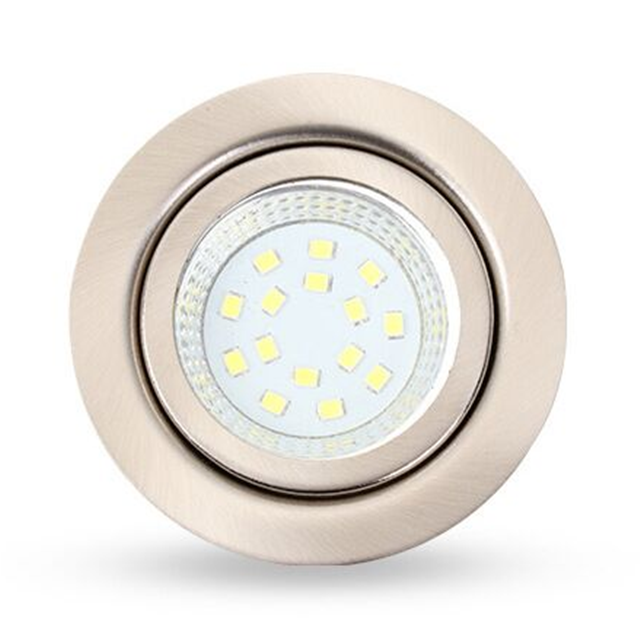When you buy led lights, there will have12v DC and 24V DC two options, the price and performance spercifications listed will be the same, and you maybe wondering what's the difference ? which one should i choose?
Fitled Lighting, for example, are available in 12v and 24v. In general, the difference between 12V DC and 24V DC is not extremely significant as long as the correct accessories (e.g. power supplies) are chosen.
If you're new to LED strip lights, we recommend choosing 12V DC, because of the shorter distance between cut-line intervals (1 inch for 12v vs 2 inched for 24v ). This gives you more flexibility in cutting the LED strips to your desired length.
If you're looking for maximum efficiency, we recommend choosing 24V DC, because of its lowered potential for voltage drop.
24V is better suited for leds.
Despite some of the most popular power supply voltage options being 12V or 24V DC, it's important to remember that (most) individual LEDs are actually 3V DC devices.
Typically, a 12V LED strip is configured with 3 LEDs in series per string. At 3V each, the total LED voltage is only 9V, or about 75% of the total voltage. The remaining voltage is dissipated by a current limiting resistor. Since the resistor does not contribute to illumination, we can conclude that in a 12V LED strip, approximately 25% of the electrical energy is dissipated as waste heat.
In a 24V LED system, there is typically enough voltage overhead to allow for 7 LEDs in series per string. At 3V each, the total LED voltage is 21V, or about 88% of the 24V input. In this situation, less than 13% of the voltage energy is wasted as heat energy.
In short, a 24V LED system can actually reduce inherent electrical design inefficiencies by more than 50%.
-
 How to Install Heat Pad on Mirror?
How to Install Heat Pad on Mirror?Do you like ?0
Read more -
 Why LED Lights are Perfect for RVs & Boats?
Why LED Lights are Perfect for RVs & Boats?Do you like ?0
Read more -
 How Good Anti-fog Film for Mirror!
How Good Anti-fog Film for Mirror!Do you like ?0
Read more -
 How do you choose which lights to buy for your RV’s interior?
How do you choose which lights to buy for your RV’s interior?Do you like ?0
Read more -
 What Are the Most Common Interior Lights Used by RV Manufacturers?
What Are the Most Common Interior Lights Used by RV Manufacturers?Do you like ?0
Read more -
 Do You Know The Great Uses for Puck Lights?
Do You Know The Great Uses for Puck Lights?Do you like ?0
Read more






